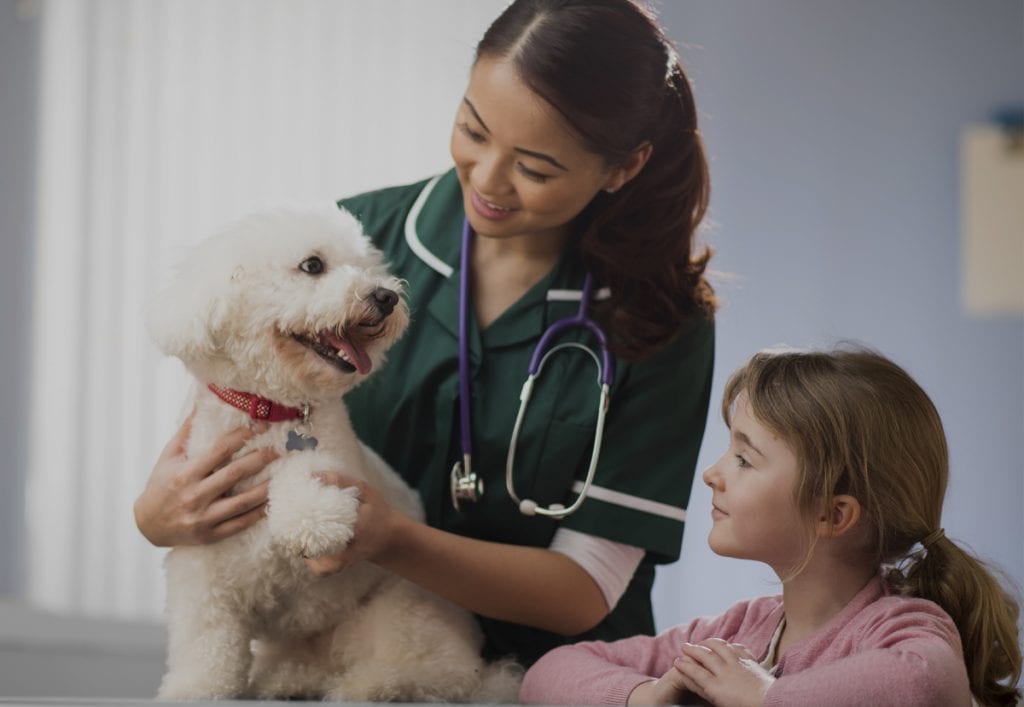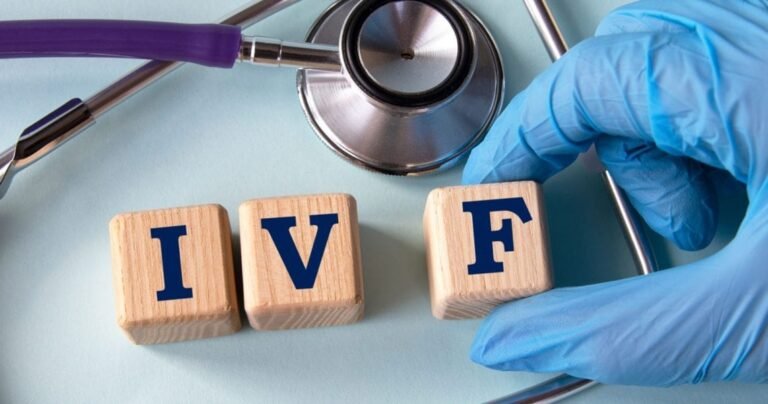
Neutering and Spaying Surgery For Cats And Dogs
General Consideration of Surgery:
Surgery is the technique of a surgeon to apply his best effort to save the animal’s life or cure diseases and deformities. Cats & dogs are fascinating and curious animals that fall into many injuries or illnesses. There are so many techniques created over the years, and only the peculiar strategy applies to correct the specific causes of the ailment. If you have a pet animal, you must observe its physical behaviors daily and find future complications before falling into danger. Surgery for dogs and cats involves neutering for males and spaying for females takes place. Pet owners who are conscious of it willingly agree to perform for his/her pets to diminish the disease complexity of the Urogenital system. So, stay connected here and read attentively for your pets.
What Is Neutering and Spaying:
Neutering comes from the Latin word ‘neuter’, which means castration of male reproductive organs. It is a surgical procedure that cuts off the testis from outside the body.
On the other hand, spaying indicates the removal of female reproductive organs either two ovaries or the uterus.
The results of both neutered and spayed organisms do not show any sexual characteristics to conceive any life on it. They are never attractive to each other and prevent copulation.
Why It is Doing For :
Many indicators have come out for applying to this surgery. You may think of its results as health benefits for boosting strong immunity, reproductive disease prevention, physical attractiveness, longevity, etc. Though the surgery has many good awards, it has some negative impacts. Briefly clarify the merits and demerits from below.
Advantages:
Based on the specific condition of animals, it has been conclusively proven that the benefits of this surgery far outweigh any potential negative aspects. It is now a popular case in pets. In a broad sense, to save and safety from the cluster trouble your pets, it is the best option to be held as a good pet owner.
1. Health benefits:
- To be an animal birth control method has health benefits.
- To keep pets disease-free, it protects them from infectious organisms, especially since dogs and cats are more susceptible to diseases.
- It has fewer complications than other surgeries so health hazards or post-operative care is not too difficult.
- Within 7 days after surgery, the pet animal is fully healthy.
2. Disease benefits:
- This process will cure benign prostatic hypertrophy, which is a hormonal disease.
- Pyometra is the most common crucial disease in females. So, if any pet faces this, its birth capacity gets lower than its previous performance. That is why, spayed is a good option for pyometra animals.
- It repeals common complexities like uterine, ovarian, and testicular cancer as well as mammary tumors of females in their first heat cycle, urolithiasis in males, and some acquired diseases in animals.
3. Other benefits:
- Elimination of heat problem: Cats and dogs wanting to run away, behavioral changes, the attractions of both males and females to your yard competing, fighting, and howling.
- To eliminate the huge numbers of stray and unvaccinated pets that roam, malnourished, and uncared for until they are either killed or euthanized.
Potential Disadvantages:
- Immediate complications may occur on unvaccinated or physically weak pets during the surgical time, such as bleeding, infections, or fluid loss.
- After undergoing spaying or neutering, pets tend to gain weight because of their daily requirements of diet changes.
- Animals may fall into hormonal responsive alopecia (hair loss), and sometimes a higher tendency to get stone formation in the lower urinary tract.
- Interfere the pets to enjoy sexual pleasure.
- Economic loss in a pet farm as they aren’t able to give kittens or puppies.
Surgical Precautions:
1. Anesthesia:
- General anesthesia is to play a significant role in the operation of pets. The primary goal of anesthesia is to safely induce and recover the animal to its normal state after the surgery. So, carefully handle the animal as it does not get any pain when performed.
- Before being given anesthesia, the animal should check its temperature, either diseased or not, pulse rate, heart rate, deworming at least 6 months before, and respiration that all are in natural condition.
- The drugs used as Thiopentone sodium @20 mg/ kg body weight IV, or with atropine sulfate @0.05 mg/ kg body weight plus xylazine hydrochloride @1 mg/ kg body weight through IM and ketamine hydrochloride @5 mg/kg body weight IV or IM route.
2. Pre Operative preparation:
Before any surgical procedure, it is crucial to thoroughly assess the animal’s physical condition, ensuring that it is in optimal health. Additionally, it is essential to maintain strict hygienic standards in the operation theatre and thoroughly disinfect all instruments. Furthermore, it is imperative to carefully calculate and administer the correct dosage of anesthesia to ensure the safety and well-being of the animal during the procedure.
3. Procedure:
It is handled by a professional pet practitioner or a registered veterinary doctor under his consideration and responsibility.
4. Complications:
- Injury or trauma during operations
- Malignant edema, abscess, hemorrhage.
- Peritonitis, hernia, tetanus, shock
- Abscess of the spermatic cord, gut tie, scrotal problems.
5. Post-operative care:
Must follow the doctor’s advice after surgery until the pet animal is getting normal life.
Total Cost:
It may be around $250 in the USA. However, it may vary on the animal’s complications, animal to animal, and state or location.
Finally, the operation depends on the owner’s willingness and the physical wellness of the animal body. If you have a pet and wish to do it, you may take it for your pet. The surgery is not so complex and harmful for the animal.
Like Article of Diseases Of Pets: click here





